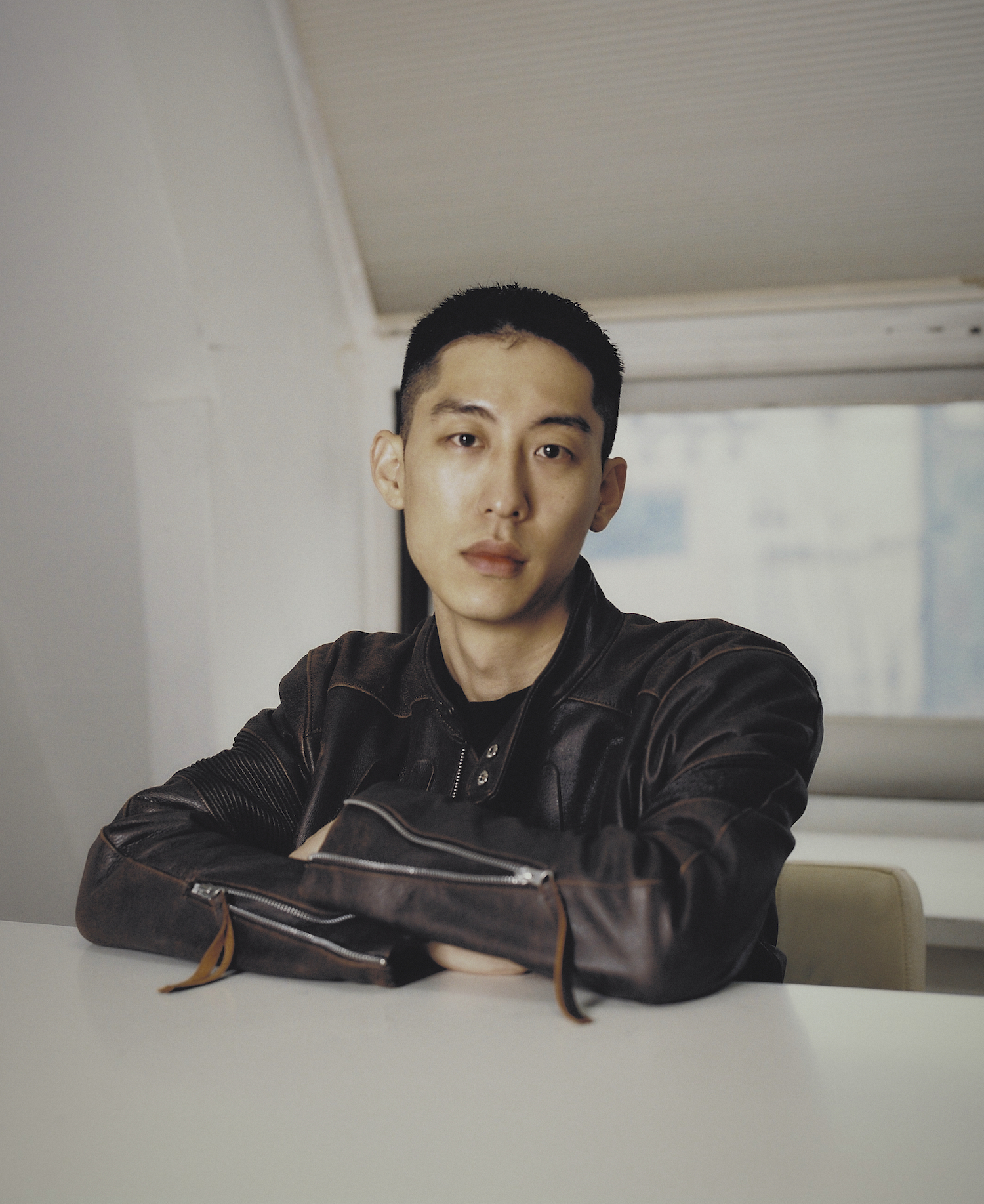It won’t come as news to you to read that menswear is currently in flux (though if it does, then go check out our previous thoughts on the topic before reading on!). Softer, more flamboyant and more femme than it was, say, a decade ago, this liberal turn in what has traditionally been viewed as fashion’s most, well, traditional bastion has got tongues wagging trying to figure out what it all means for men, and for the institution of masculinity at large. The thing is, though, the more you dig into it, the more you realise that this purported slackening of fashion’s gender divisions isn’t actually all that new; in fact, look back past the last century or so, and you’ll discover plenty instances throughout Western fashion history when men have routinely worn garments that seem pretty, uhm, liberated compared to sort worn by today’s archetypal macho man — breeches, frilly ruffs, belted tunics that read more like cinched dresses, and pourpoint jackets with pouffy sleeves. Basically, ‘fluid’ menswear — and fashion more generally, for that matter — isn’t all that fresh an idea.
Of course, that’s a pretty cursory summary of a big conversation, but this was the notion that Juntae Kim — the LVMH Prize-nominated South Korean designer — grasped during his time on the MA Fashion course at Central Saint Martins. Having originally trained in womenswear, both on a BA course at Gyeongsam University in his homeland and at London College of Fashion, he had enrolled on the menswear pathway at the King’s Cross institution. It took one particular research project, though, to trigger a lightbulb, illuminating his path to combining the two. “We were researching historical garments in the CSM library,” Juntae says, pointing towards a research board pinned with images showing the interior construction of weathered corsets, and doublets with slashed sleeves, in his airy studio in Gangnam, Seoul. “Even though I was studying menswear, I noticed so many beautiful shapes in these historical corsets, doublets and pourpoints, particularly in the womenswear pieces. There was so much inspiration to be found, especially in details like richness of these ancient textiles, the slashes and the voluminous silhouettes.”
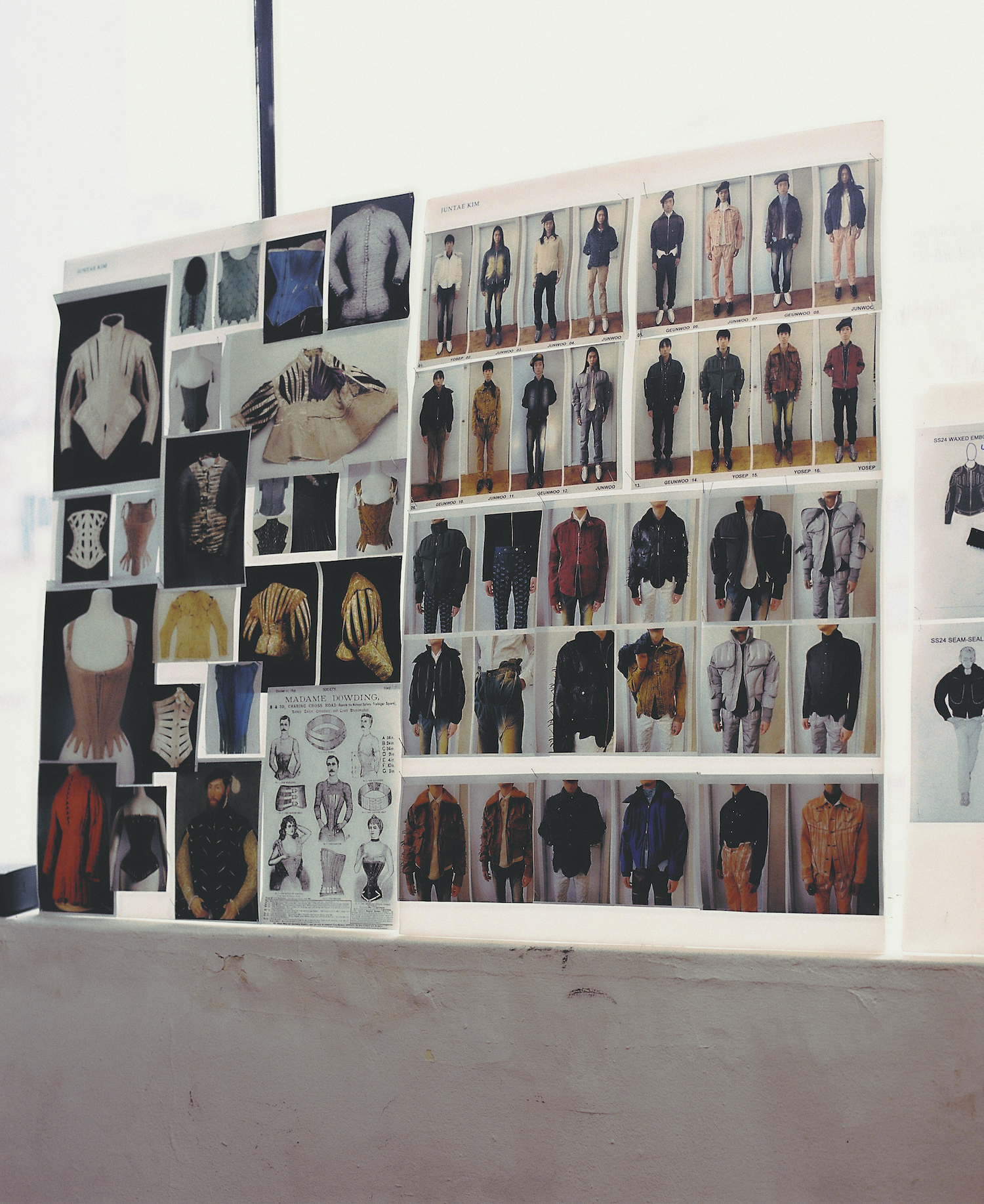
It was then he turned his focus on integrating the nipped waists, ornate embellishments and voluminous gigot of those clothes of yore into a sartorial grammar that resonated with a modern-day menswear consumer — which, Juntae stresses, is not limited to men. “Since that first research project, one of my main goals has been to combine the masculine and feminine elements you find in historical garments with an approach to fashion that makes sense today,” he says. “It was really there that I realised where my identity as a designer lay.”
More than simply combining historical dress motifs with contemporary staples, though, Juntae’s work reconsiders the clothes associated with particular fashion historical chapters. His SS23 collection, ‘Garden Punk’, offered a reinterpretation of an archetypal 70s punk wardrobe, filtered through the prism of Vivienne Westwood, while AW23, ‘Romantic Poetry’, looked to 50s East Coast prep, drawing particular inspiration from the cult classic film, Dead Poet’s Society. After rooting through his own archive of historical garments, he began devising strategies to reinterpret the relatively staid repertoire of all-American varsity dress, looking at the Restoration-era pourpoints and early Victorian corsets he’s always been drawn to, “study their patterns and creating new ones for the garments I want to create.”
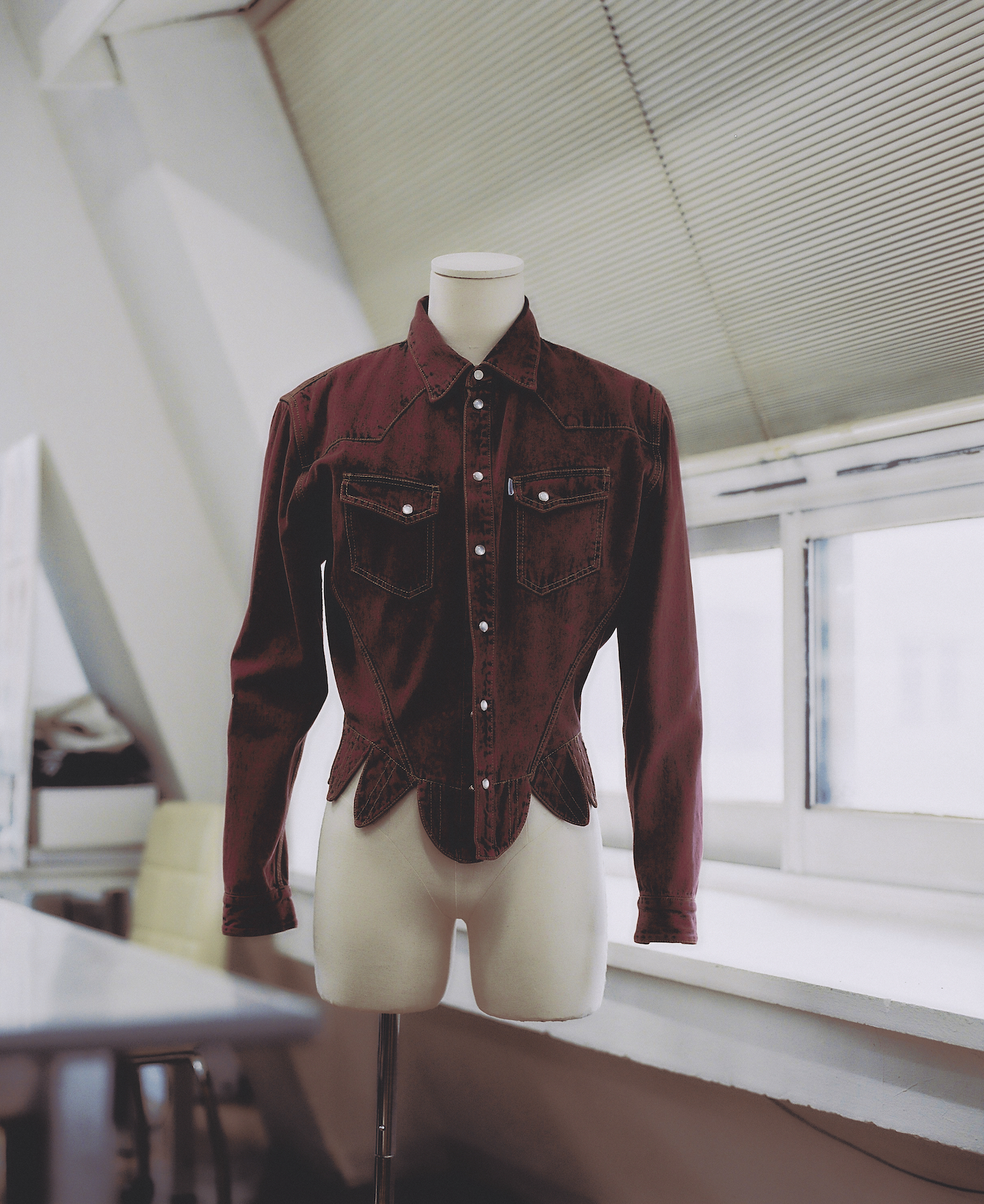
What defines them is the uncanny balance they strike between their obviously antiquated sources of inspiration and their resolutely contemporary aura. Quilted bomber jackets, for example, are constructed with nipped waists, dipped-down corset hems, and ballooning gigot sleeves, though their muscular construction — with flamboyant pouffes swapped out for boxy zippered pockets, for example — giving them modern masculine sensibility. Save for their corset detailing at the midriffs, poplin shirts are of a traditional cut — the same goes for the brand’s tapered jeans. Elsewhere, high-tech textile manipulations, rather than pattern cutting, are the primary vehicle for Juntae’s mission, with laser-cut fronds peeling from leather flight jackets and denims lasered to echo both delicate hand embroideries and signs of distress. Throughout, though, Juntae’s knack lies in knowing how far to push the integration of historical dress motifs into his wardrobe — too little, and the end result is indistinct, rendering his efforts redundant; too far, it reads as costume, or overly kitsch.
Of course, Juntae is not the first designer in fashion history to tread this path, with the best-known plunder of the past being Vivienne Westwood. Indeed, the late Queen of Punk could arguably be single-handedly credited with re-integrating the corset into the current fashion lexicon — a fact that’s being acknowleged anew today, particularly in the wake of her passing, as the resale prices on pieces like her iconic AW90 Boucher corset well attest. Given his particular research interests, Juntae, naturally, is an avid fan. “I’ve always been inspired by old Vivienne Westwood pieces,” he professes. “She was really a pioneer, and she was actually the reason I wanted to come to London to study — I wanted to meet her in person!” It was her SS91 collection, ‘Cut, Slash & Pull’, that left the greatest mark on him. “It felt so aggressive compared to what other brands were presenting at the time, and it felt like such a product of the UK. Looking from Korea, for me, she really embodied the spirit of British design.”
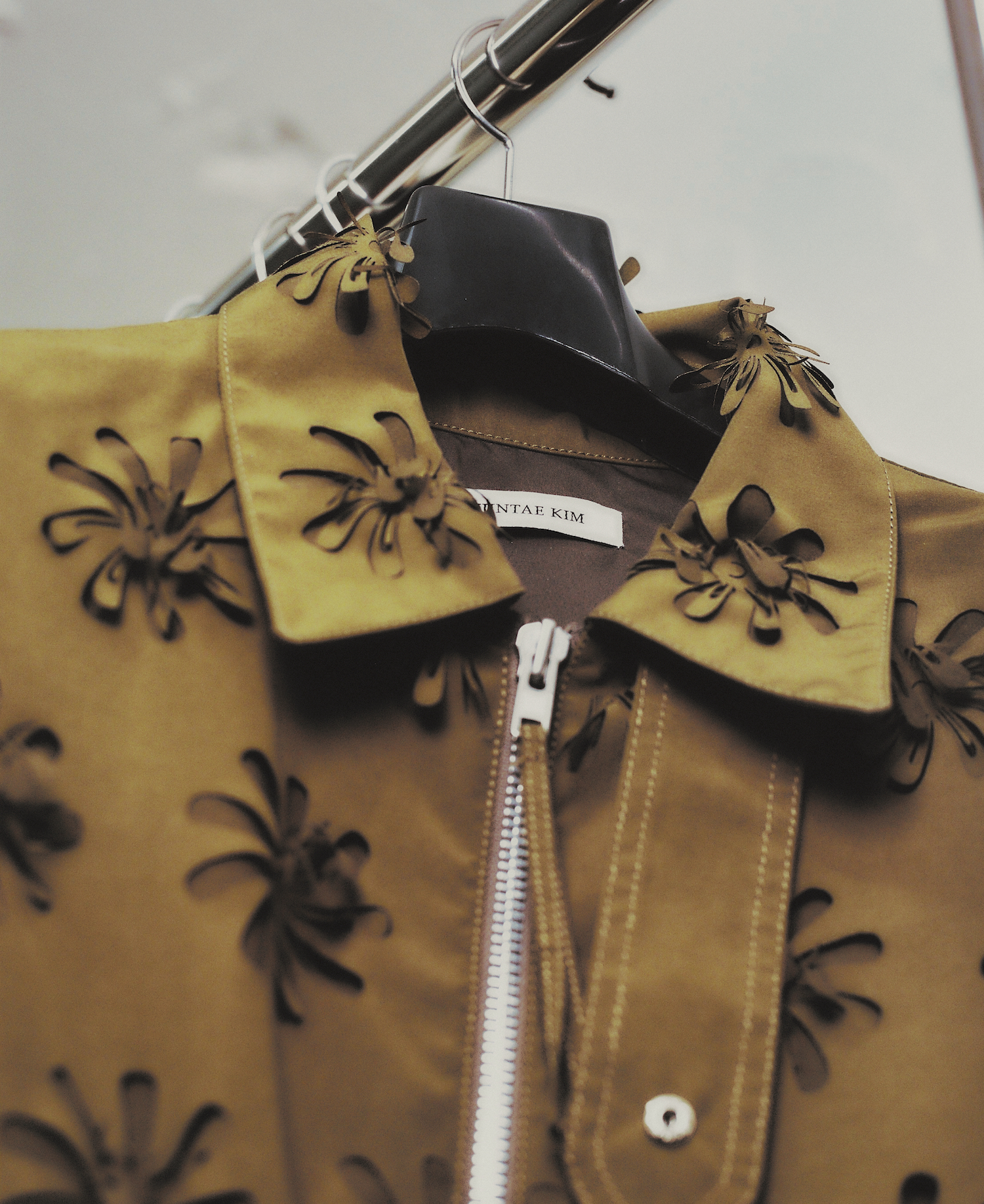
Indeed, that spirit — a heady blend of irreverence, rawness, cheekiness, tradition and craft — was exactly what Juntae craved during his studies in Korea, which “were very technical, and really based on pattern cutting and vocational skills, rather than design,” he says, noting that his experiences in London cultivated a more liberated, free-form approach to his practice. Still, he remains conscious of the demands of the industry in Korea, where he’s now based. “I’ve always wanted to maintain a sense of romance and decoration in my work, but I’m also very conscious of ensuring that it’s very functional, and remains relevant for retailers,” he says. “While I studied in London, I was born and raised in Korea. I also did my BA here, so I’ve always been very technically inclined,” as becomes immediately clear on perceiving the clean-lined construction of his pieces in person, or learning that a single bomber jacket takes more than 50 individual pattern pieces to make. “Now that I’m based here, too, I’ve realised that the fashion industry is very commercially oriented and conservative. Still, my motivation for moving to London was to study a more artistic way of designing, and so my key aim with my brand is to merge all of those things together,” he says, in that hope that — alongside more creatively inclined members of his generation of Seoul-based brands like GOOMHEO, KUSIKOHC, PAF and Andersson Bell – he can help to shift the needle of Korea’s fashion culture.
With the steadily growing recognition he’s receiving, both in Korea and internationally — this year, he was a semi-finalist in the LVMH Prize — Juntae’s chances of doing just that are increasing, too. To bolster them yet further, he’s also divided his business into two main streams: a ‘Slow’ line, a more commercially-oriented seasonless line of staples featuring Juntae Kim hallmarks — think shirts, T-shirts and denim jeans with simplified versions of his signature corsetted waist; and a ‘Fast’ line, dedicated to the more creatively aggressive, fastidiously crafted pieces that holistically merge his interest in historical garments and high-tech craft, with the latter has seen uptake from celebrities including BTS’ V and Dua Lipa. It’s a decision that displays a frankness and clarity regarding the commercial side of the fashion industry that’s rare for a young designer, but it’s also a testament to the hybridity that defines his perspective and approach. After all, fashion is as much about commerce as it is about creativity, and that’s been the case throughout history.


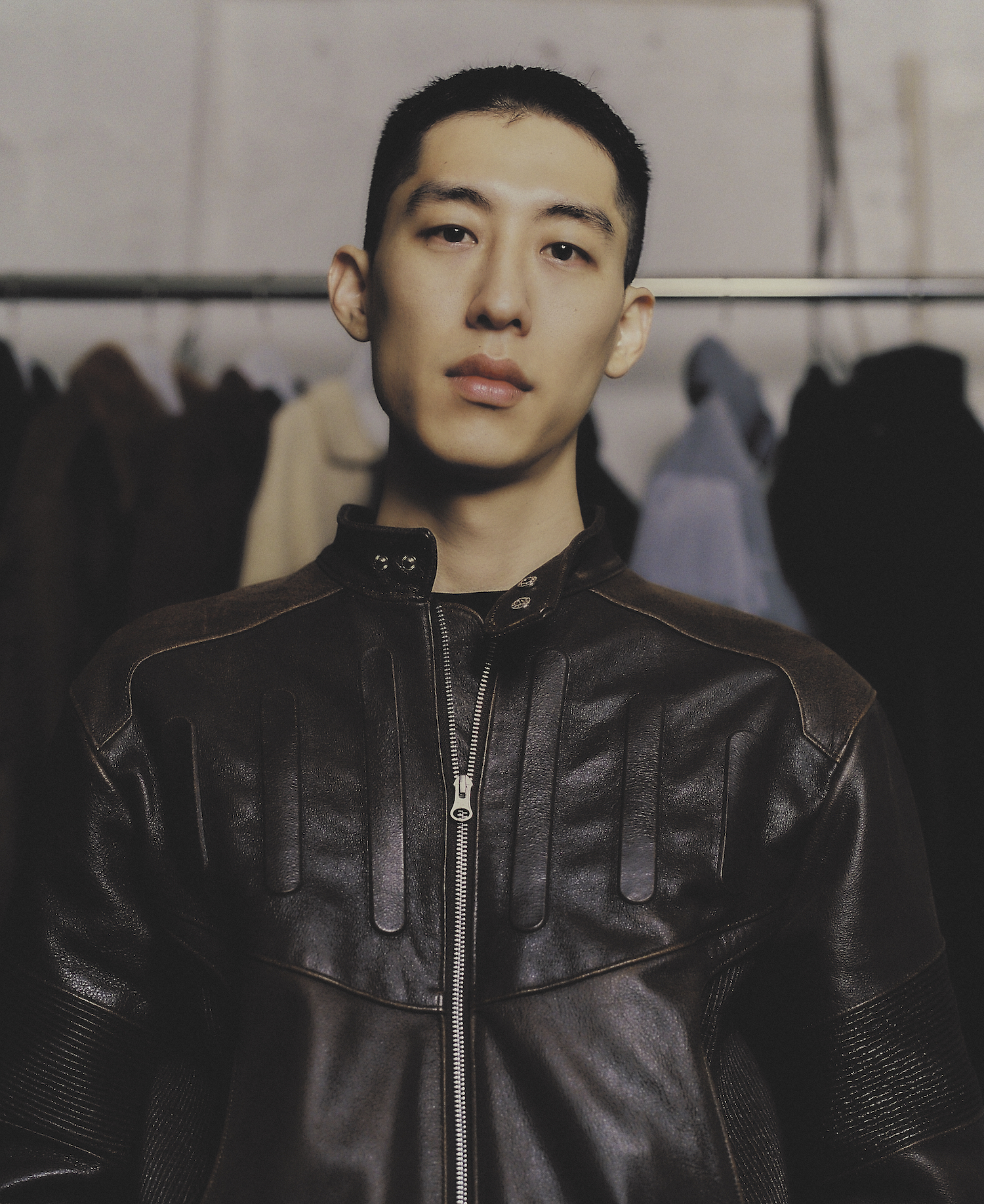
Credits
Photography Injun Park
